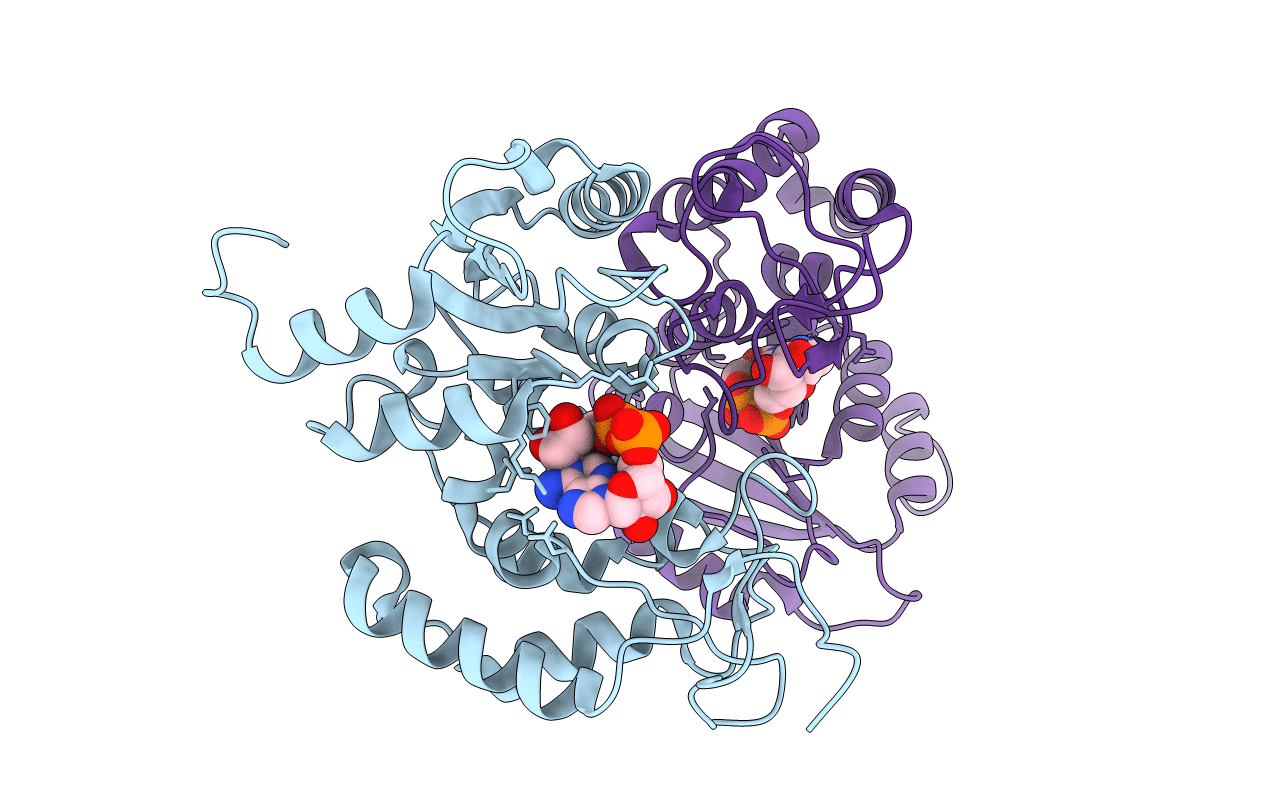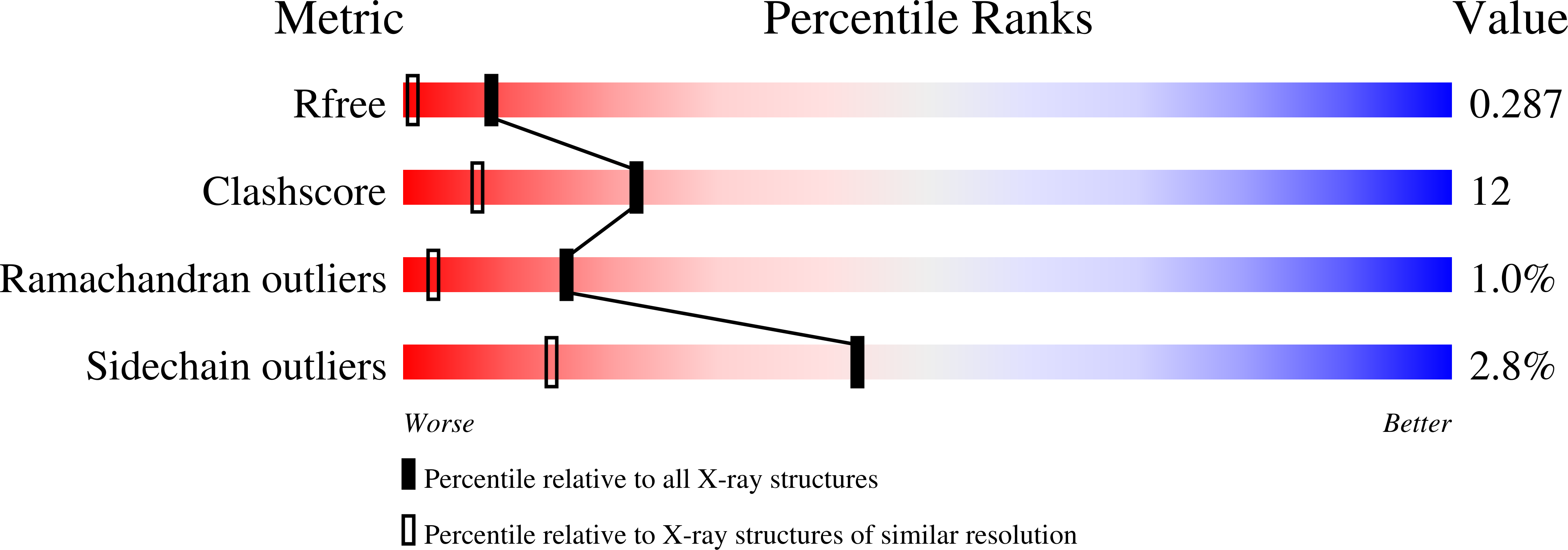
Deposition Date
2006-12-01
Release Date
2006-12-12
Last Version Date
2024-10-16
Entry Detail
PDB ID:
2O3S
Keywords:
Title:
Structural Basis for Formation and Hydrolysis of Calcium Messenger Cyclic ADP-ribose by Human CD38
Biological Source:
Source Organism:
Homo sapiens (Taxon ID: 9606)
Host Organism:
Method Details:
Experimental Method:
Resolution:
1.50 Å
R-Value Free:
0.23
R-Value Work:
0.18
R-Value Observed:
0.19
Space Group:
P 1


